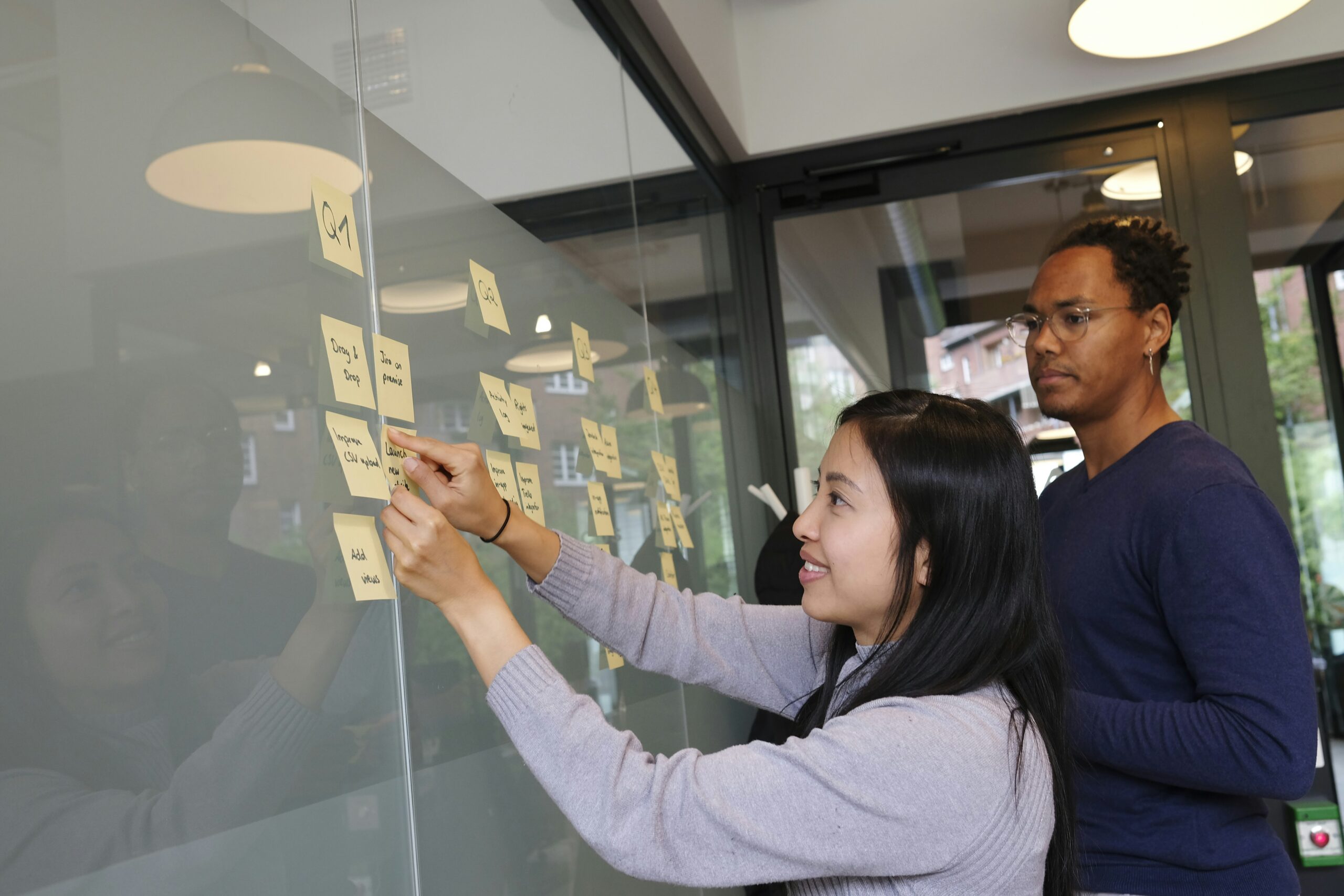Guide
How to Work Smarter
How to Work Smarter: Time is one of our most valuable resources. Whether you’re running a business, managing personal tasks, or juggling both, working smarter, not harder, is the key to staying productive, efficient, and on top of your game. But how exactly can you work smarter? In this guide, we will explore proven strategies, tips, and tools that will help you optimize your workflow, increase productivity, and reduce stress—making the most of every minute.
What Does It Mean to Work Smarter? (How to Work Smarter)
To work smarter means finding ways to improve the quality of your work and the efficiency with which you accomplish your tasks. It’s not about working longer hours or overwhelming yourself with tasks; it’s about optimizing the way you work. Working smarter requires understanding your priorities, automating repetitive tasks, managing time effectively, and leveraging technology to handle complex workflows with ease.
1. Prioritize Your Tasks: The 80/20 Rule (How to Work Smarter)
One of the first steps to working smarter is learning how to prioritize. You can do this effectively by applying the Pareto Principle (also known as the 80/20 Rule), which states that 80% of your results come from 20% of your efforts.
How to Apply the 80/20 Rule:
- Identify your top priorities: Focus on the tasks that have the most significant impact on your work and long-term goals.
- Delegate low-priority tasks: If possible, delegate tasks that do not require your expertise or attention.
- Minimize distractions: Cut out non-essential tasks or time-wasting activities. This allows you to focus on what’s important.
By narrowing your focus to the tasks that really matter, you ensure that your time and energy are spent on things that move the needle the most.
2. Leverage Technology for Efficiency (How to Work Smarter)
In the digital age, there’s no shortage of tools available to help you work smarter. The key is finding the right tools that align with your needs and workflows. Whether you need help managing tasks, tracking progress, or automating processes, using the right tools can drastically reduce the time spent on manual tasks.
VELCOA offers a suite of tools that can help you streamline your workflow and boost efficiency, including:
- Project Management Tools: Keep track of your tasks, projects, and deadlines, all in one place.
- Goal Management: Set, track, and achieve goals more effectively, helping you stay focused and on course.
- Contact Management: Organize and track communications with clients, colleagues, and stakeholders.
- Task Management: Simplify task assignment and tracking to ensure nothing falls through the cracks.
By integrating these tools into your daily routine, you can automate processes, eliminate redundancies, and keep your workflow organized. The result? More time to focus on high-priority tasks and less time spent managing scattered information.
3. Use Time Blocks and the Pomodoro Technique (How to Work Smarter)
Time management is a crucial aspect of working smarter. One of the most effective ways to manage your time is through time blocking and the Pomodoro Technique.
- Time Blocking: Set aside specific blocks of time throughout your day for different tasks. This helps you maintain focus and ensures that you dedicate adequate time to your priorities.
- Pomodoro Technique: This method involves working in 25-minute intervals followed by a 5-minute break. After four intervals, take a longer 15-30 minute break. This technique can boost focus and combat burnout.
These methods help you avoid multitasking, which often leads to distractions, and ensure you’re fully present in each task you tackle.
4. Delegate and Automate (How to Work Smarter)
To work smarter, you must be willing to delegate and automate where possible. There are countless time-consuming tasks that can either be automated with technology or delegated to others.
How to Delegate and Automate:
- Delegate repetitive tasks: Assign non-essential or time-consuming tasks to others in your team or hire a virtual assistant.
- Automate processes: Use software tools like VELCOA to automate task management, goal tracking, and project updates. With VELCOA, you can set reminders, track progress, and organize workflows without manual intervention.
By automating and delegating, you free up time to focus on the tasks that require your expertise and attention.
5. Focus on Continuous Improvement (How to Work Smarter)
Working smarter also involves continuous learning and adaptation. By staying open to new methods, technologies, and workflows, you can refine your process and improve efficiency over time.
- Take time to reflect: Regularly evaluate your workflows and identify areas for improvement.
- Learn new skills: Keep up with industry trends and invest in learning new tools that can help you become more efficient.
- Solicit feedback: Ask colleagues or team members for feedback on your processes, and use this input to make necessary adjustments.
This focus on improvement helps you avoid stagnation and ensures that you’re always moving toward smarter, more efficient ways of working.
6. Maintain Work-Life Balance (How to Work Smarter)
To sustain high productivity, it’s essential to focus on both professional and personal well-being. Working smarter isn’t just about getting more work done—it’s about achieving a balance that leaves time for rest, relaxation, and personal activities.
Here are a few tips to maintain a healthy work-life balance:
- Set clear boundaries: Define work hours and stick to them. Avoid checking emails or handling work tasks outside of these hours.
- Take breaks: Short breaks throughout the day can help clear your mind and boost productivity.
- Focus on self-care: Invest in activities that promote mental and physical well-being, such as exercise, meditation, or spending time with loved ones.
When you prioritize self-care, you’ll find that you’re able to work more effectively and avoid burnout.
7. Track and Measure Your Progress (How to Work Smarter)
To know whether your smarter work strategies are paying off, it’s important to track and measure your progress. Use tools like VELCOA to set goals, monitor milestones, and evaluate your productivity.
- Set specific goals: Whether personal or professional, set clear, measurable goals to track your progress.
- Review performance regularly: Assess your accomplishments and areas for improvement regularly. This will allow you to adapt your strategies as needed.
Tracking progress ensures that you stay motivated and gives you a clear view of where to focus your efforts for maximum impact.
Conclusion On How to Work Smarter
In the quest to work smarter, the key is to optimize your approach, delegate effectively, and use technology to your advantage. By prioritizing tasks, leveraging tools like VELCOA, and maintaining a focus on continuous improvement, you can achieve greater productivity without sacrificing quality of life.
At VELCOA, we understand the importance of working smarter, not harder. Our platform provides easy-to-use tools that simplify project management, task organization, goal setting, and more—allowing you to focus on what truly matters.
Start working smarter today and see how VELCOA can help you achieve your goals with ease and efficiency.









